Hawaii’s six major islands – Hawaii, Maui, Oahu, Kauai, Molokai, and Lanai – are renowned for their unique landscapes and vibrant biodiversity. Each island, with its distinct ecosystems, provides an invaluable haven for a host of bird species, many of which are found nowhere else in the world.
This article explores these islands’ distinct character, avian populations, and conservation challenges, while briefly touching on the lesser-known parts of the Hawaiian archipelago. Bird watching in Hawaii is not just a pastime; it’s a journey into a world of spectacular colors, unique behaviors, and melodious songs that echo across the lush, tropical landscapes.
From the striking I’iwi on Maui to the enchanting Elepaio on Oahu, every bird encounter adds to the remarkable narrative of Hawaii’s avian biodiversity. However, these wonderful creatures face significant threats. Invasive species, habitat loss, and climate change pose daunting challenges.
Amid these hurdles, passionate conservationists, researchers, and volunteers tirelessly work to safeguard the avian life of these islands, ensuring that the melody of Hawaii’s native birds continues to resonate across their habitats. This story of resilience and dedication forms the heart of our exploration into Hawaii’s major islands.
Highlights:
- This page primarily focuses on birding opportunities across Hawaii’s six main islands, each offering unique avian biodiversity.
- Each major Hawaiian island hosts a unique range of endemic bird species, reflecting extraordinary avian biodiversity.
- Despite facing significant conservation challenges, dedicated efforts help preserve these unique bird populations and their habitats.
- Hawaii’s smaller islands and islets contribute to the state’s cultural heritage and ecological diversity, despite their restricted access.
Hawaiʻi (Big Island)
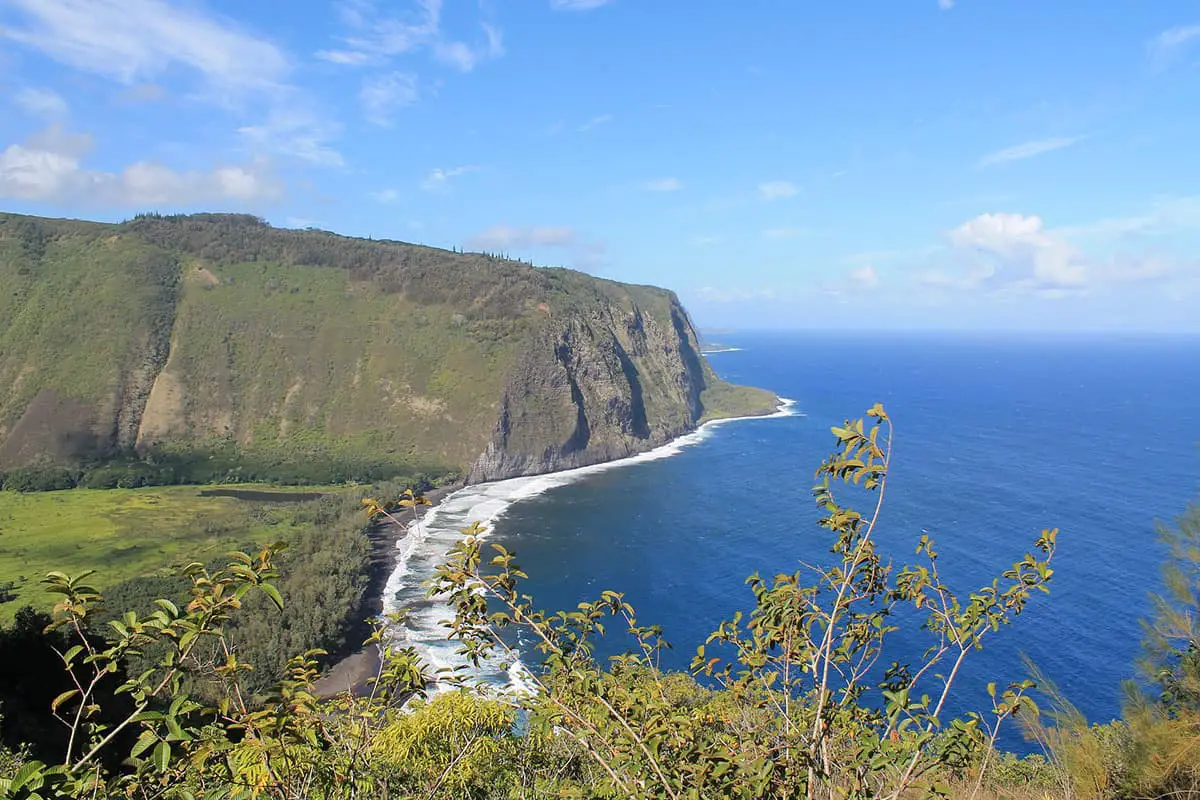
Covering an area of 4,028 square miles, the Big Island of Hawaii is the largest island in the U.S. As of 2023, it’s home to approximately 202,000 people.
This island is renowned for its remarkable avian biodiversity. It is a sanctuary for a plethora of bird species, some of which are found nowhere else on Earth. The topography of the island, ranging from sandy beaches to volcanic peaks, offers varied habitats that cater to a wide array of bird life.
Many of these avian species have adapted to the unique environment of the Big Island. For instance, species like the Hawaiian Petrel nest in the island’s volcanic terrain, while the Hawaii Amakihi and the Hawaii Creeper are perfectly adapted to thrive in the forested areas. However, these endemic species are continuously threatened by deforestation, disease, and invasive species.
Conservation efforts are in full swing on the island. The expansive National Parks serve as critical habitats, providing sanctuary and protection to these avian treasures. Scientists, conservationists, and volunteers are working tirelessly to protect the bird population and their habitats, ensuring the avian life of the island continues to thrive.
Kauaʻi
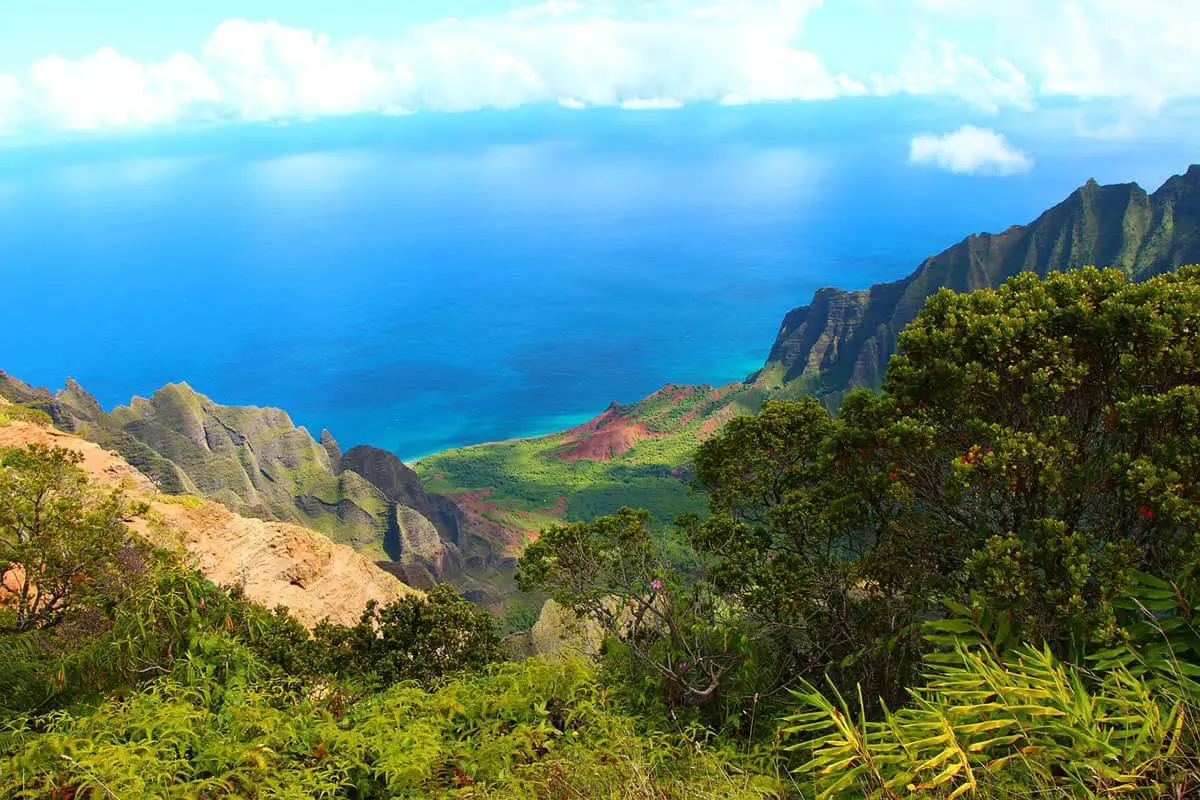
Kauai, also known as the “Garden Isle,” is the fourth-largest Hawaiian island, spanning an area of 562 square miles. As of 2023, the island boasts a population of around 73,000 residents.
Kauai is a paradise for bird watchers, offering a vibrant tapestry of bird life. Its lush tropical rainforests, wetlands, and mountains are home to a multitude of bird species. Many of these are endemic to the Hawaiian islands, adapting to the unique ecological niches that Kauai provides.
Among these feathered inhabitants, the Kauai Amakihi, Kauai Elepaio, and the endangered Puaiohi or Small Kauai Thrush are of special note, showcasing the island’s ecological diversity. But this biodiversity is under threat. Loss of habitat, invasive species, and climate change pose significant challenges to these birds.
Conservation efforts on Kauai are robust. The Alakai Wilderness Preserve and the Kilauea Point National Wildlife Refuge provide critical habitats for these birds. Researchers, conservationists, and volunteers are working together to protect Kauai’s unique bird life, striving to balance human activity with the needs of nature.
Maui
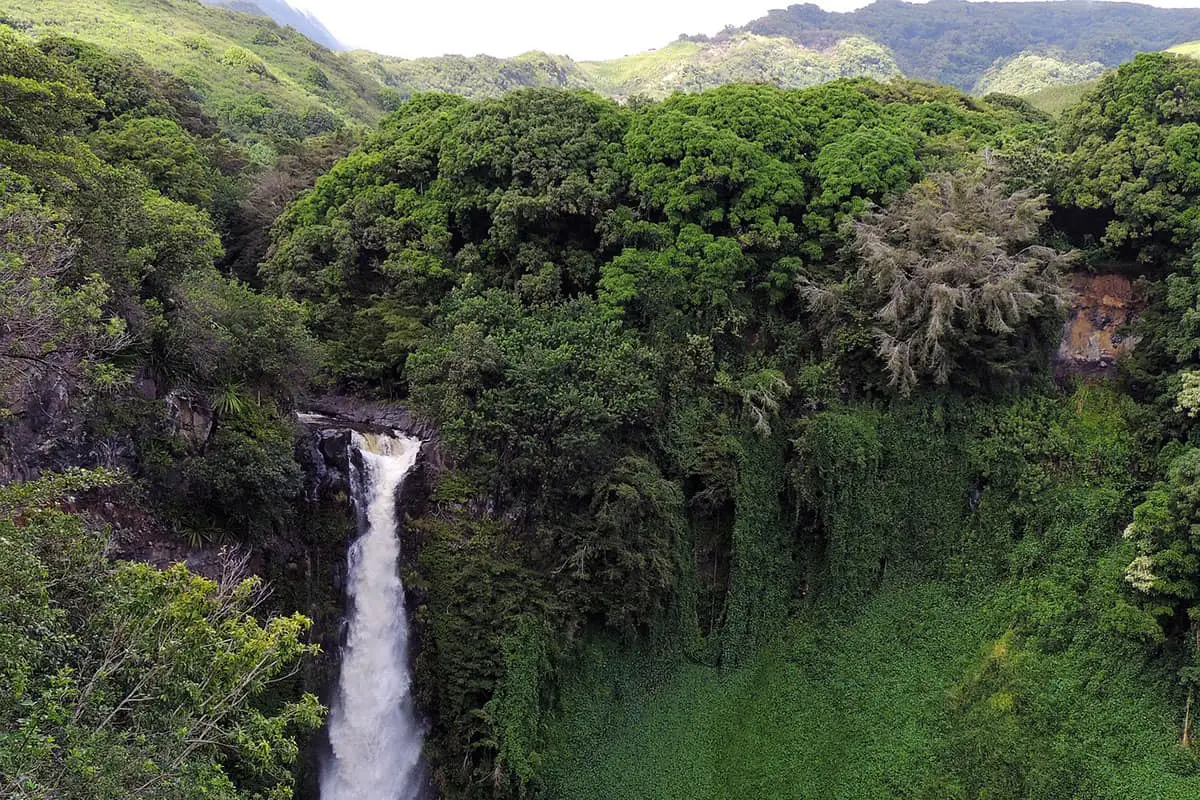
Maui, the second-largest Hawaiian island, spans an area of 727 square miles. As of 2023, the island has an estimated population of around 168,000 people.
Maui’s diverse landscapes, from coastal plains to Haleakala’s towering volcanic slopes, provide a myriad of habitats for an impressive variety of bird species. Its rich avian life is a testament to the island’s ecological diversity.
Among these species, the Maui Parrotbill and the Crested Honeycreeper, both endemic to Maui, illustrate the island’s unique avian landscape. However, these birds face considerable threats, including habitat loss, climate change, and invasive species. Their survival is a testament to the resilience of nature in the face of adversity.
Conservation is a key aspect of life on Maui. The Haleakala National Park and other protected areas serve as sanctuaries for these birds. Through the tireless efforts of conservationists, researchers, and volunteers, Maui continues to protect and preserve its avian population, maintaining its status as a bird watcher’s paradise.
Check out this article to see some examples of Maui’s bird species.
Oʻahu
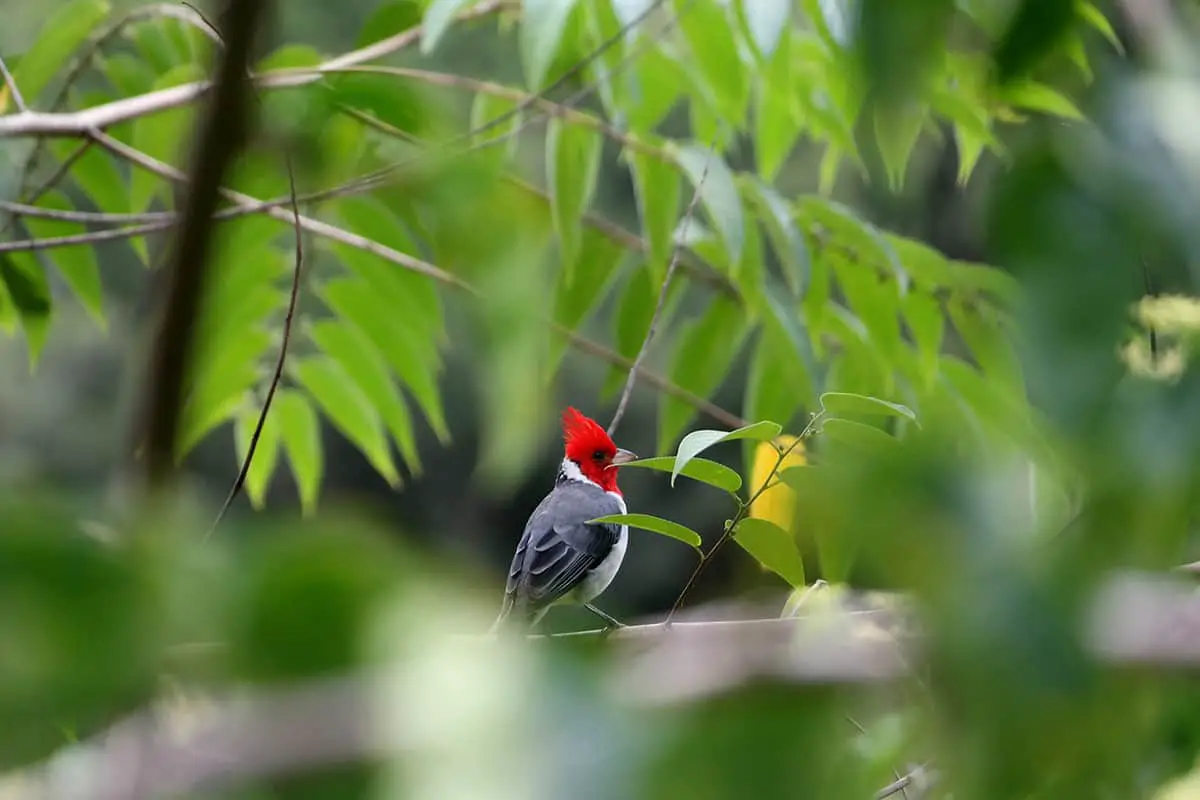
Oahu, known as “The Gathering Place,” is the third-largest Hawaiian island with an area of 597 square miles. As of 2023, it hosts a population of approximately 1.02 million people.
Oahu is a melting pot of avian life, with a range of habitats from coastal regions to mountains that are home to a diverse bird population. The bird species vary significantly, reflecting the ecological diversity of the island.
Birds like the Oahu Elepaio and the endangered Oahu Amakihi are native to the island, adding unique color to Oahu’s bird population. However, these native birds face a range of threats, including loss of habitat, invasive species, and climate change, which are issues of increasing concern.
Conservation measures on Oahu are proactive. Preserves like the Hoomaluhia Botanical Gardens and the James Campbell National Wildlife Refuge serve as important habitats. Conservationists, researchers, and volunteers on Oahu are working relentlessly to protect the island’s unique avian population.
Molokaʻi

Molokai, often known as the “Friendly Isle,” is the fifth largest Hawaiian island, covering an area of 260 square miles. As of 2023, it houses a modest population of approximately 7,500 residents.
Molokai’s rich ecology provides a diverse range of habitats for various bird species. Its untouched beauty and underdeveloped landmass make it an ideal sanctuary for many of these avian populations.
The island hosts several unique species like the Molokai Creeper and the Molokai Thrush, both of which are endemic to the island. However, these and other native species face challenges due to habitat loss, invasive species, and climate change.
Conservation efforts on Molokai aim to address these issues. The Molokai Forest Reserve and other protected areas provide a safe haven for these birds. Local conservationists, researchers, and volunteers are committed to protecting Molokai’s distinctive bird population.
Lānaʻi
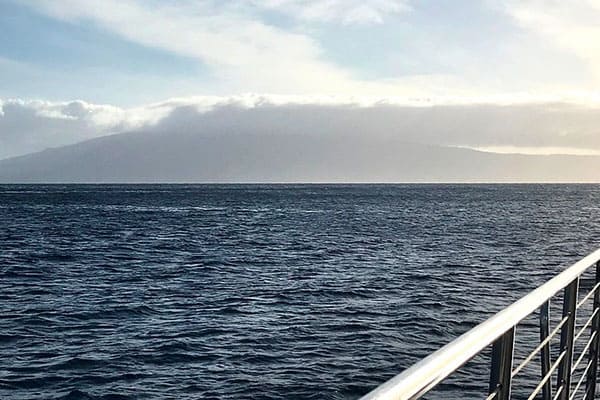
Lanai, also known as “Pineapple Island,” is the smallest inhabited island in Hawaii, with an area of 140.5 square miles. As of 2023, it has a population of about 3,000 people.
Despite its size, Lanai hosts a considerable number of bird species. Its varied ecosystems, from coastline to upland forests, offer diverse habitats for many avian populations.
Among its distinctive avian residents are the Lanai Hookbill and the Lanai Amakihi. These unique species, along with others, however, face significant challenges due to habitat loss, invasive species, and climate change.
On Lanai, preservation efforts are prominent. Protected areas like the Kanepuu Preserve offer refuge for these birds. Conservationists, researchers, and volunteers are devoted to maintaining Lanai’s unique bird life.
Hawaii’s other islands
Hawaii is an archipelago comprising hundreds of islands, atolls, and islets. Beyond the six primary islands (Hawaii, Maui, Oahu, Kauai, Molokai, and Lanai), some of the other significant islands and islets include:
- Niihau
- Kahoolawe
- Kaula
- Lehua
- Kaala
- Molokini
Niihau, also known as the “Forbidden Island,” is the seventh largest of the inhabited Hawaiian Islands. Privately owned by the Robinson family, it is home to a small, mostly native Hawaiian population. The island is known for its preservation of traditional Hawaiian culture, language, and practices.
Kahoolawe is the smallest of the eight main islands and was used as a bombing range by the U.S. military during World War II. In 1994, it was officially transferred back to the State of Hawaii and is now managed by the Kahoolawe Island Reserve Commission for cultural, educational, and ecological purposes. However, it remains uninhabited.
Wildlife on the smaller islands
Kaula, Lehua, Kaala, and Molokini are smaller islets that are uninhabited but important for wildlife. Kaula is a small, rocky islet that serves as a seabird sanctuary.
Lehua, a crescent-shaped island, and Kaala, located near Niihau, are both important bird nesting sites. Molokini, located off the coast of Maui, is a popular diving spot known for its clear water, coral reefs, and rich marine life.
These smaller islands and islets, while less known compared to the main islands, contribute significantly to the rich cultural heritage and ecological diversity of Hawaii.
Visiting some of Hawaii’s smaller islands for bird watching can be a unique and enriching experience, but it’s crucial to be aware of restrictions due to the sensitive nature of the ecosystems and cultural considerations.
Niihau
As Niihau is privately owned and its access is highly restricted to preserve traditional Hawaiian culture, bird watching here may not be feasible. Occasionally, limited guided tours are allowed with the permission of the island’s owners.
Kahoolawe
- Access to Kahoolawe is similarly restricted. The island is primarily used for cultural and ecological restoration. However, the Kahoolawe Island Reserve Commission occasionally allows volunteers to visit for restoration efforts. While you’re there for volunteering, you might get a chance to observe the island’s bird life.
Kaula, Lehua, Kaala
These islets are mainly seabird sanctuaries with restricted access to minimize disturbance to the bird populations.
Special permission from the Hawaii Department of Land and Natural Resources may be required for access. It’s worth noting that some boat tours around the islands can provide opportunities for bird watching from a distance.
Molokini
Access to the land of Molokini is restricted to protect nesting seabirds, but numerous snorkeling tours around the islet provide chances to observe seabirds from the water.
Always remember, these islands and islets are critical habitats for many bird species, some of which are endangered. Any visit should prioritize minimal disturbance to these fragile ecosystems.